Glow In The Dark Moon Discovered Around Jupiter
One of Jupiter's moons might actually glow in the dark.
This article is more than 2 years old
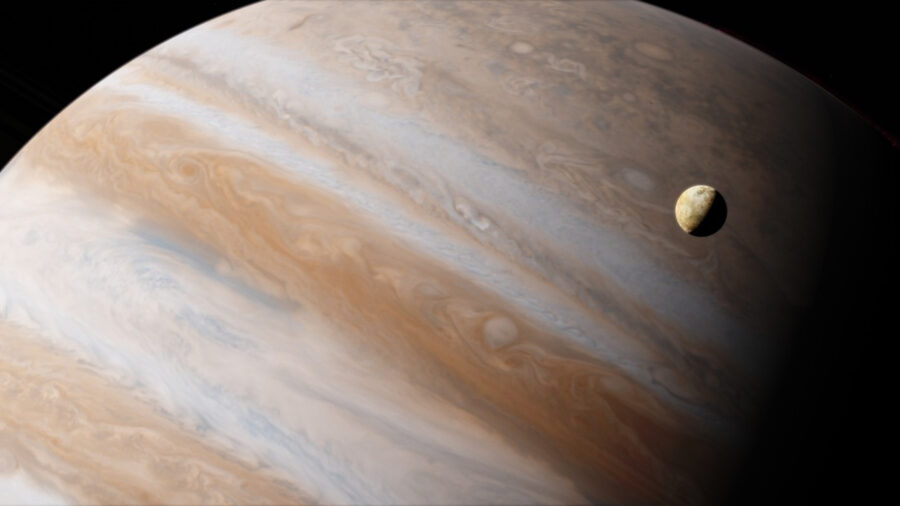
The search for life outside our own on Earth has taken us to the Red Planet (Mars) and beyond. Scientists are looking high and low, far and wide, and deep into space because there is more out there. With much of the focus lately on Mars, scientists have recently turned to a planet, the fifth from the Sun, and the largest in our solar system, Jupiter. They are not looking specifically at the planet, but one of Jupiter’s many moons, Europa.
JUPITER’S MOON GLOWS
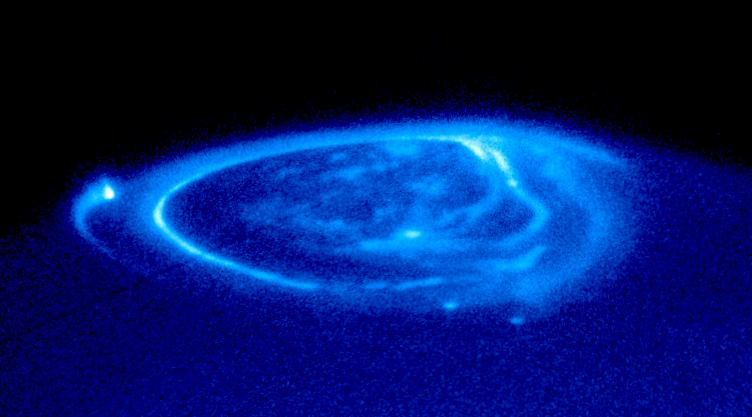
An exciting possible finding by astrobiologists is the thought that Europa may glow. Scientists think that the moon may visibly glow green in the dark. This thought comes from the high levels of radiation arising from Jupiter’s powerful magnetic field as it interacts with Europa’s thick icy surface. Scientists call it “electron-stimulated luminescence” and have produced this effect in laboratory simulations that show irradiated ice emits greenish light.
The study, which was published in Nature Astronomy, stated “The night-time ice glow occurring on Europa may be very unique and unlike any other phenomenon in our solar system.” Murthy Gudipati at NASA’s Jet Propulsion Laboratory in California led the way with his colleagues in the investigation on how Europa’s icy surface could react with the bombardment of high-energy electrons.
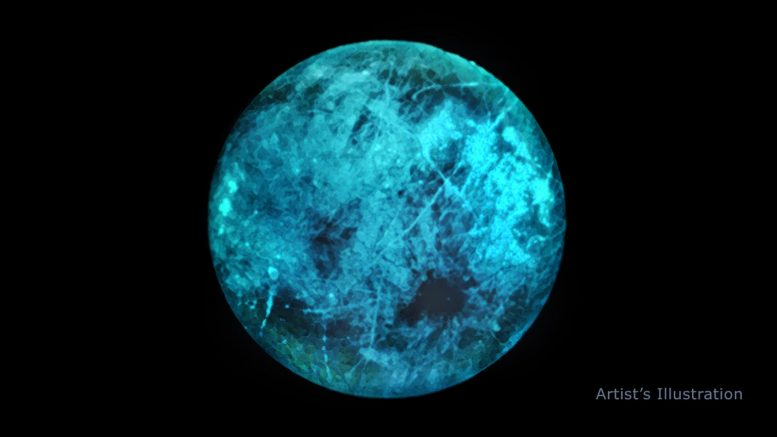
“If you imagine that you are standing on Europa and looking at the glow under your feet, the brightness would be similar to if you were to stand outside under full moonlight and then look at the ground,” says Gudipati via New Scientist. “But Europa’s surface is a very dangerous environment, so while we can imagine standing on it, a few seconds standing on Europa would probably kill a person.”
But Gudipati couldn’t deny the possibility of life existing under the surface. “There is some evidence that there are oceans beneath the ice on Europa which could be habitable, and if that is the case, the minerals and salts that are in that ocean should be exchanging with the surface.”
JUPITER’S GALILEAN SATELLITES
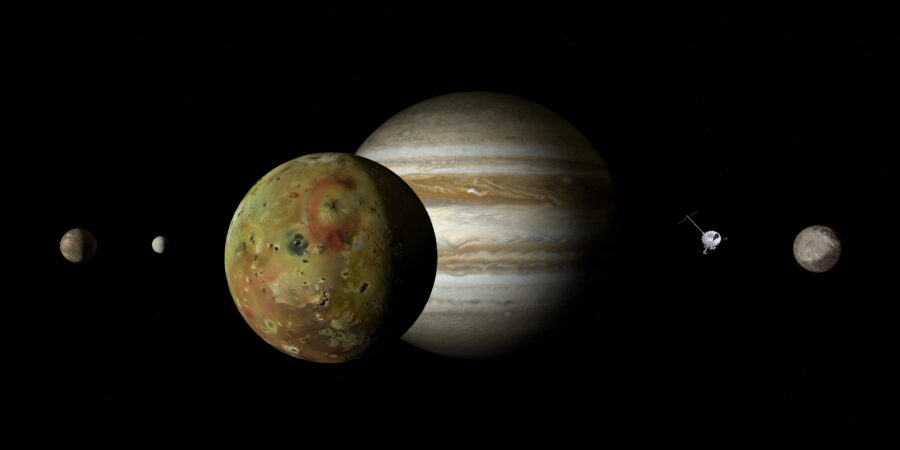
Jupiter is large. It is so large that if you combine all the planets in our solar system, Jupiter would still be two and a half times larger. When compared to Earth, Jupiter is 1,321 times larger. Not only is Jupiter the largest, but it also has what scientists now believe are 79 moons.
Of these possible 79, scientists have named 53 of them. The Jupiter moons that have gathered the most scientific interest are the four discovered by Italian astronomer Galileo Galilei in 1610. These four are called the Galilean Satellites and are named lo, Ganymede, Callisto, and Europa.
EUROPA
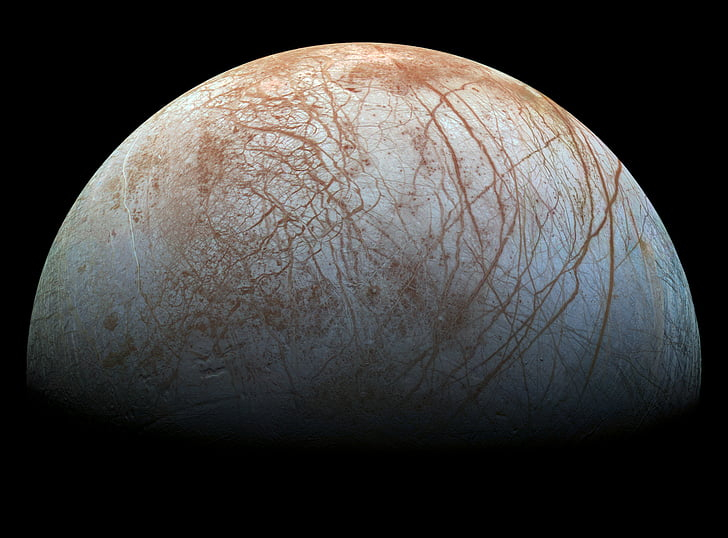
Astrobiologists love Europa. Where Io is the most volcanically active body in our solar system, Europa is the exact opposite, as it is mostly covered in ice. Europa is much smaller than Earth, it is even slightly smaller than Earth’s moon. But what intrigues astrobiologists is that Europa may house as much as two times the amount of water found on Earth.
But Europa is more than five times the distance away from the Sun as Earth, so it is cold there. So cold that the surface is ice, frozen as hard as a rock. But scientists also believe that under its frozen surface there lies a salty, slushy ocean. And as we all know, water is the basis of life. On Earth, various creatures live in the harsh, cold conditions found deep beneath our oceans. This is why scientists are so interested in Europa.
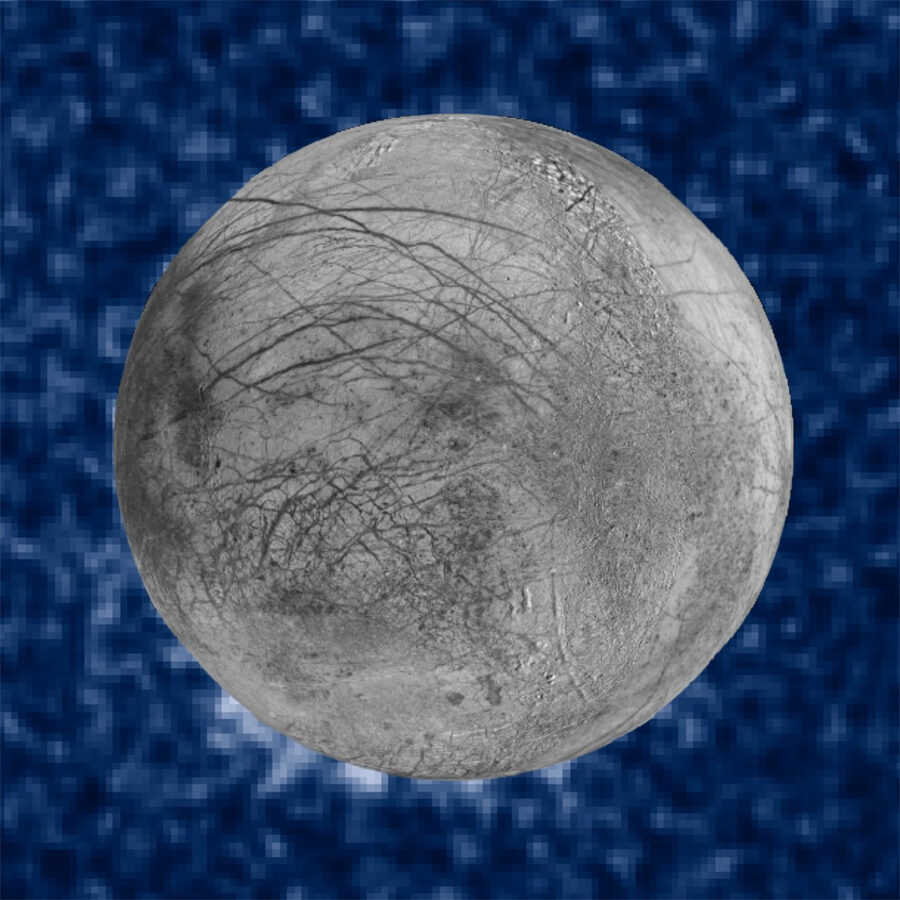
A curious question is raised when it comes to Europa, its vast distance from the Sun and how cold the surface of the planet is. Why do scientists think beneath the thick crust of ice there is unfrozen water? Well, like on Earth, Europa’s tides prevent the moon from completely freezing. Also, as with on Earth, the gravitational pull is what causes tides. Earth gets its gravitational pull from our moon while Europa gets their pull from Jupiter.
Europa’s orbit around Jupiter is not a perfect circle. Europa’s location in comparison to the other moons causes it to be tugged in different directions, so as Europa is in orbit, sometimes it will be close to Jupiter and other times further away. What this tugging accomplishes is flexing. As Europa is pulled and tugged, the moon flexes which causes friction. The friction causes internal heat in the moon, which in turn keeps the water from completely freezing.
NASA found good evidence that this theory was correct when it sent out the Galileo spacecraft to study Jupiter and its moons. Data gathered by Galileo supported the theory that under Europa’s crust is a liquid ocean, one that could be home to life.
EUROPA CLIPPER
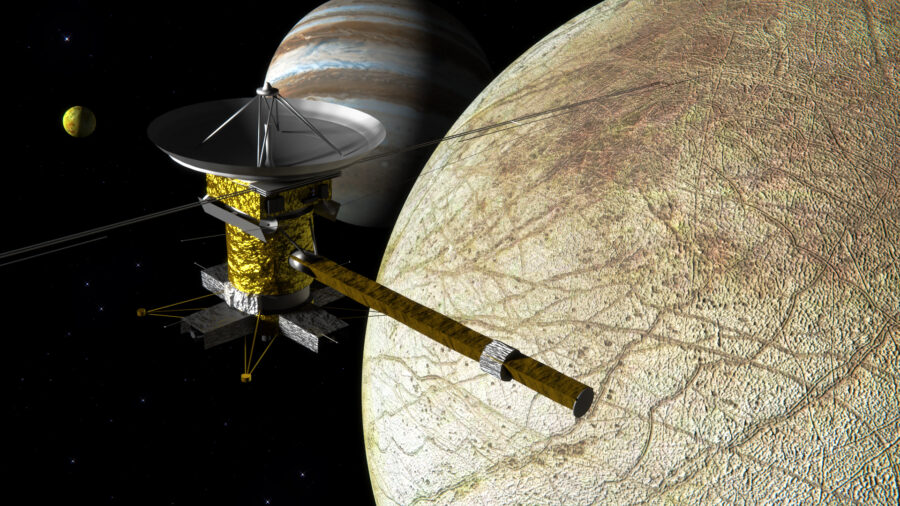
So, the theory of Europa glowing remains just that. But, scientists are determined to prove this theory true and NASA is making this happen by sending out the Europa Clipper. This mission is scheduled to launch in 2024 though scientists hope to go possibly a year earlier. Their goal is to observe the moon’s surface with multiple flybys as it orbits Jupiter.
“It’s not often that you’re in a lab and say, ‘We might find this when we get there,'” Gudipati said. “Usually it’s the other way around – you go there and find something and try to explain it in the lab. But our prediction goes back to a simple observation, and that’s what science is about.” True, that is what science is all about and it is fascinating.












